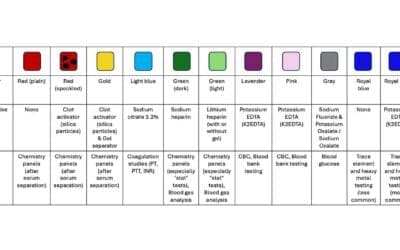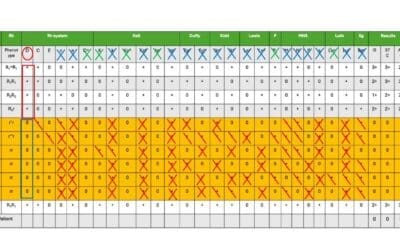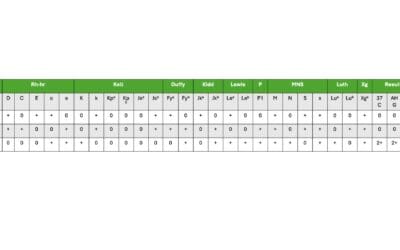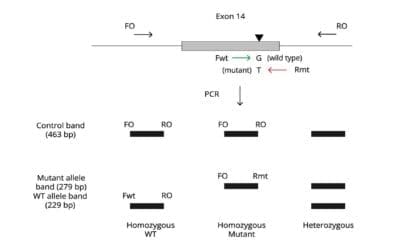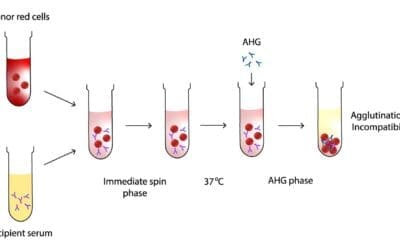Phlebotomy involves drawing blood using a needle from a vein in the arm. To ensure patient comfort and accurate results, a skilled phlebotomist locates a vein, disinfects the area, inserts a needle, collects blood, and then removes the needle and applies pressure.
Preparation of Thick Blood Films for Parasites
Unveiling hidden threats! Learn the quick & easy technique for preparing thick blood smears to identify malaria, leishmaniasis & other blood parasites.
Interpretation of Iron Studies (Iron Profile)
Iron studies reveal iron deficiency, overload, and other conditions. Learn how MCV, ferritin, and other markers help decipher iron status and guide treatment.
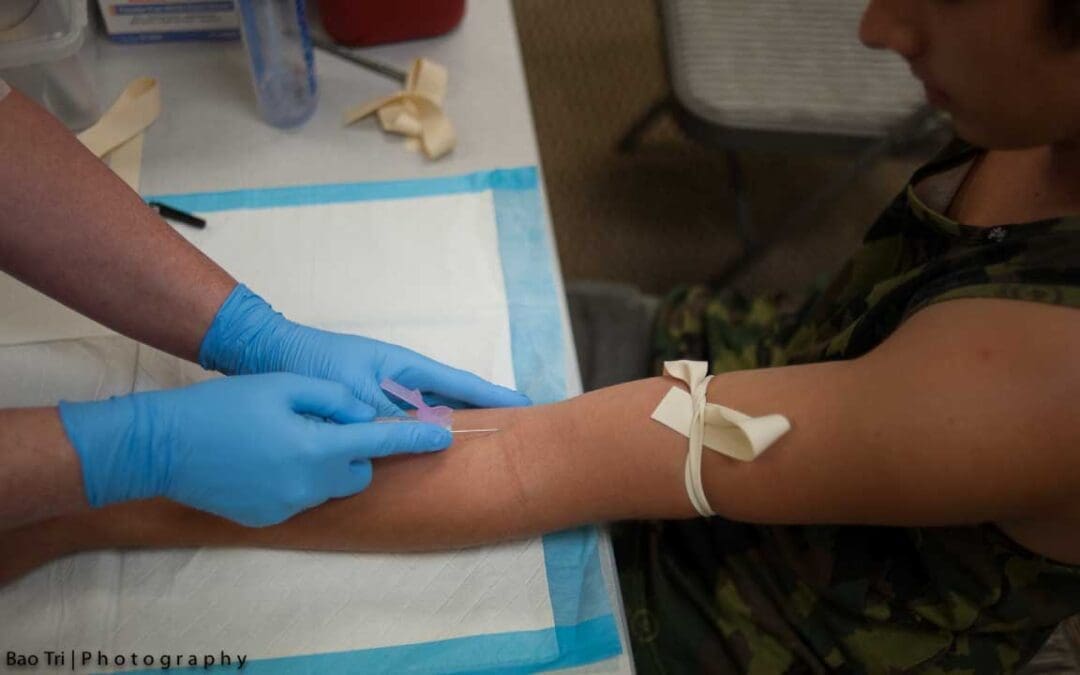
Phlebotomy Procedure: Best Practices & Venipuncture
Phlebotomy involves drawing blood using a needle from a vein in the arm. To ensure patient comfort and accurate results, a skilled phlebotomist locates a vein, disinfects the area, inserts a needle, collects blood, and then removes the needle and applies pressure.
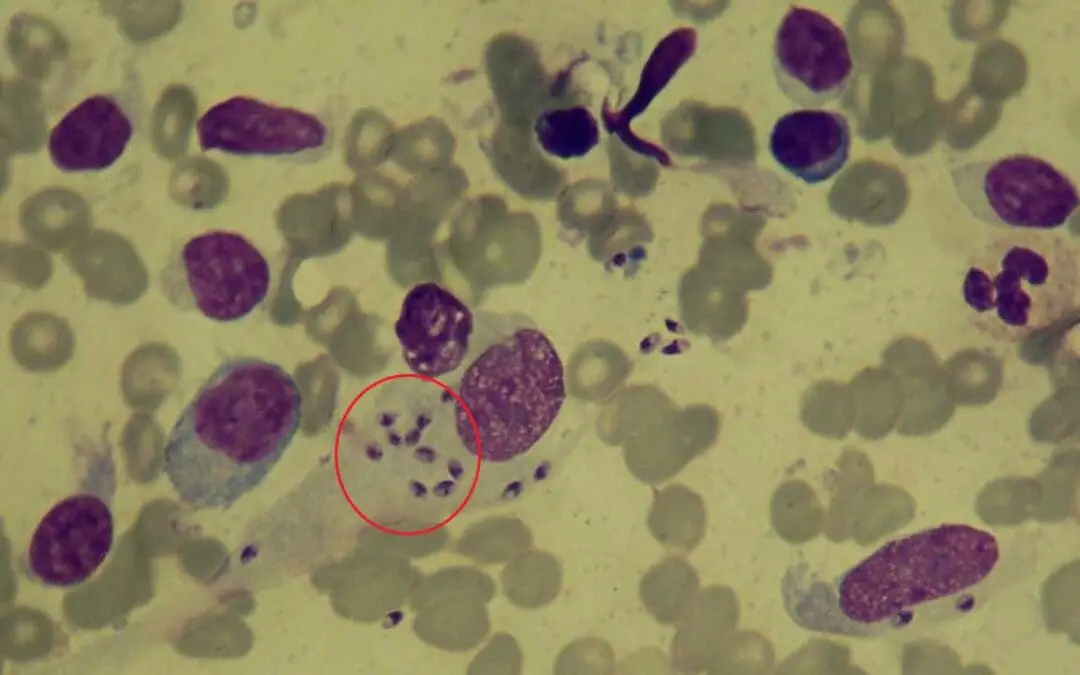
Preparation of Thick Blood Films for Parasites
Unveiling hidden threats! Learn the quick & easy technique for preparing thick blood smears to identify malaria, leishmaniasis & other blood parasites.
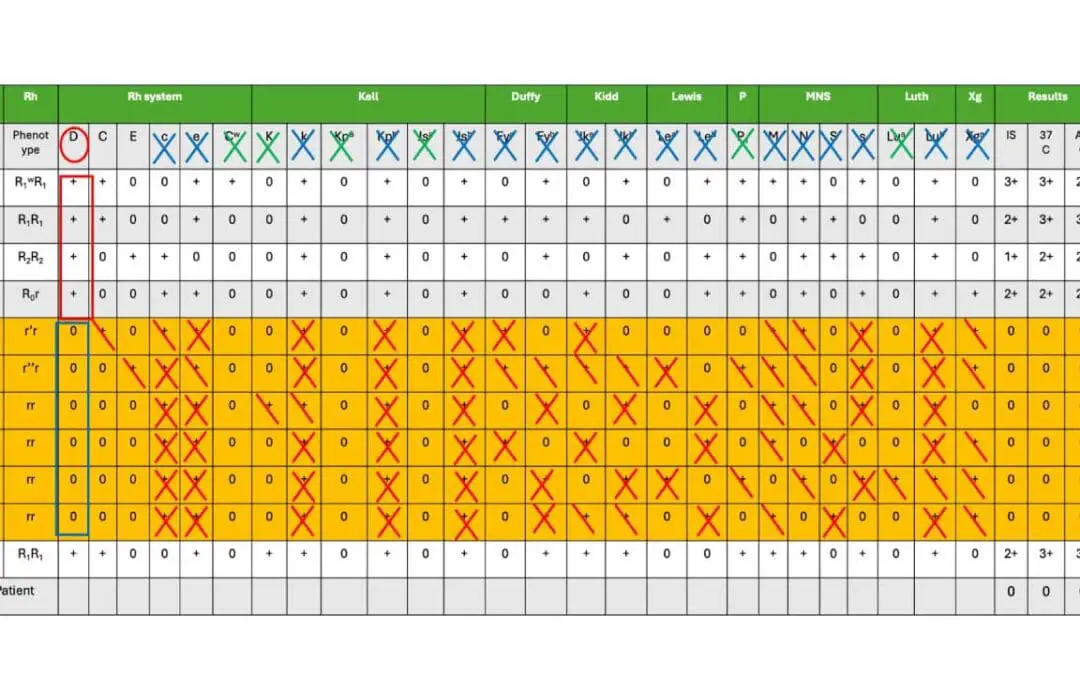
Interpretation of Antibody Identification Antigram
Antigen identification antigrams decode antibody reactions in blood transfusions, ensuring safe blood selection by identifying compatible red blood cells that lack the antigen targeted by the recipient’s antibody.
Blood Collection Tube Types
Blood collection tubes come in various colors for specific tests. Red & gold tubes separate serum, while purple & pink tubes prevent clotting for blood cell analysis. Choose the right tube for accurate results!
Interpretation of Antibody Identification Antigram
Antigen identification antigrams decode antibody reactions in blood transfusions, ensuring safe blood selection by identifying compatible red blood cells that lack the antigen targeted by the recipient’s antibody.
Antibody Identification
Incubate patient serum with panel RBCs, check for agglutination! Enzymes & antiglobulin tests may be used to reveal hidden antibody reactions.
Antibody Screening
Antibody screening mixes patient plasma with red blood cells to detect unexpected antibodies. Agglutination indicates possible antibodies, requiring further identification for safe blood transfusions
JAK2 V617F Mutation ARMS PCR Protocol
Uncover the JAK2 V617F mutation, a key driver in Myeloproliferative Neoplasms (MPNs). Learn ARMS PCR, a reliable technique for diagnosis!
Serologic Crossmatch
Crossmatching mimics transfusion by mixing recipient serum & donor cells. Clumping (agglutination) indicates incompatibility, preventing transfusion reactions.

